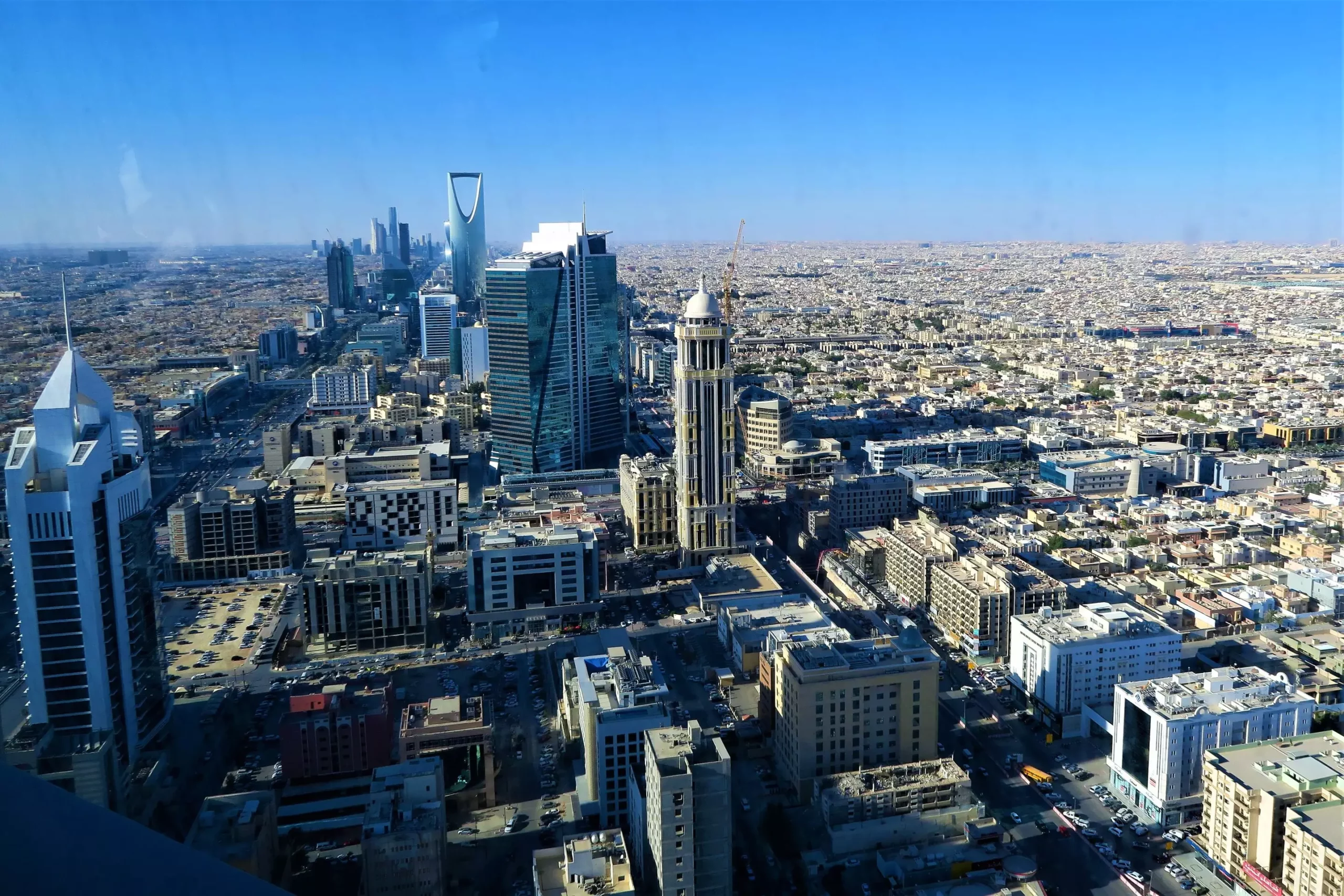Over the years, there has been a significant history of planned city building by governments and the private sector around the world. From Brasilia to Islamabad, urban planning has been a key component of shaping societies. In recent times, two major trends have converged to give rise to a new wave of visionary urban planning. The first trend is the neoliberal “special economic zone” policies that gained momentum in the 1980s and have since become a globally accepted economic strategy. The second trend is the concept of “smart cities,” where advanced technologies such as sensing and surveillance are used to collect big data to address urban challenges. With the addition of Artificial Intelligence (AI) to the mix, the ideal city of today is envisioned as a data-driven, free-market utopia.
The Kingdom of Saudi Arabia, known for its conservative and authoritarian regime, is acutely aware of the impending demise of the fossil fuel economy that has been the backbone of its wealth. In preparation for a post-oil world, Riyadh has been actively seeking alternative sources of income to diversify its economy. One of the key initiatives under this strategy is the Vision 2030 plan, which includes a slew of urban development projects aimed at attracting foreign investment. NEOM, the most ambitious of Crown Prince Mohammed Bin Salman’s plans, is a monumental city project that promises a combination of a free port, logistics hub, tourist town, and sports playground. The centerpiece of NEOM was “The Line,” a 170 km linear city that was projected to revolutionize urban living.
Despite grand promises and flashy advertisements, the dream of NEOM and The Line has started to crumble. The initial vision of a futuristic city clad in reflective material cutting through the desert was, in reality, a misguided and unsustainable fantasy. The extravagant plans for NEOM included proposals for artificial moons, fleets of drones, and a significant population of service robots. However, as reality set in, it became apparent that such ambitions were simply not feasible.
The recent announcement of the scrapping of The Line in favor of a much smaller city raises questions about the true intentions behind NEOM. Was it all an elaborate PR stunt to attract foreign investments and generate buzz? With internal dissent and concerns about the lack of security and surveillance planning, NEOM’s future seems uncertain. The ambitious project, located in a geopolitically fragile region with extreme temperatures, poses significant challenges that may not have been adequately addressed.
The story of NEOM serves as a cautionary tale about the pitfalls of unchecked capitalism, unsustainable development, and environmental ignorance. Instead of chasing after grandiose urban mega-projects, the focus should be on making existing cities more sustainable, just, and human-centered. As the world grapples with the climate crisis, global inequality, and socio-political unrest, it is imperative for wealthy corporations and nation-states to prioritize responsible urban planning practices.
NEOM’s rise and fall highlight the need for a paradigm shift in urban development. It is time to move away from speculative, unsustainable, and authoritarian city projects and towards a more conscious and responsible approach to building cities for the future. Only by learning from past mistakes and embracing a more holistic and sustainable vision for urban planning can we create cities that truly serve the needs of their residents and the planet.


Leave a Reply